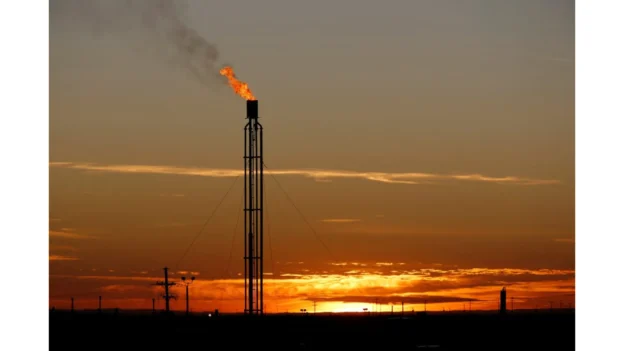The U.S. Energy Information Administration (EIA) published its Short-Term Energy Outlook (STEO) report for November, revealing a progressive rise in the price of natural gas, showing uneven behavior according to consumption sector.
Sharp increases in power plants
According to the EIA analysis, the power plants have been the hardest hit, with the average annual price of natural gas increasing by 37%, in contrast to just a 4% increase in the residential and commercial sectors. This disparity evidences a growing pressure on electricity generation costs, at a time when demand is intensifying, especially due to the boom in data centers and cryptocurrency mining.
This behavior is explained by the direct exposure of power plants to the wholesale market, where short-term contracts immediately reflect price volatility, while households and businesses are usually protected by regulated contracts or stable tariffs.
The price of natural gas will continue its upward trend
Although 2024 would close with average prices of $2.20 per million British thermal units (MMBtu), the EIA projects a gradual escalation to $4.00/MMBtu by 2026, driven by winter seasonality and a faster pace of exports. This represents a 16% increase over 2025 and is in response to robust U.S. exports of liquefied natural gas (LNG)which have put pressure on domestic prices.
The consequences for power generation
Natural gas currently accounts for between 40% and 42% of U.S. electricity generation, so for utilities, the increase in price means a direct increase in their operating costs. For example, Texas, with a high concentration of data centers and cryptocurrency mining, is one of the regions where the demand and price of gas most strongly impacts the planning of electric capacity.
What the EIA anticipates for the next few months
The agency forecasts that this winter the Henry Hub natural gas price will average $3.90/MMBtu. Although it responds to a seasonal pattern, the sustained increase through 2026 reflects structural changes, such as growing external demand, weather conditions and production that, although high, fails to fully offset the pressure on supply.
Source: EIA

